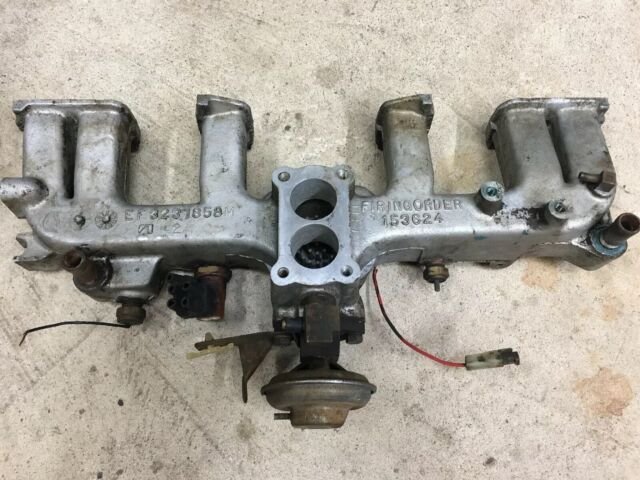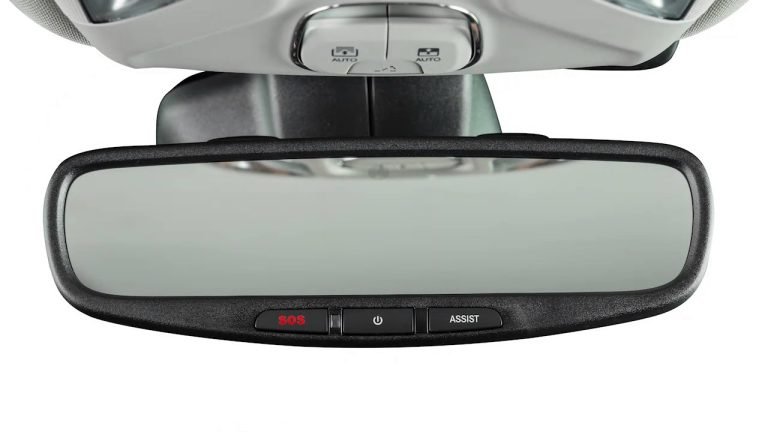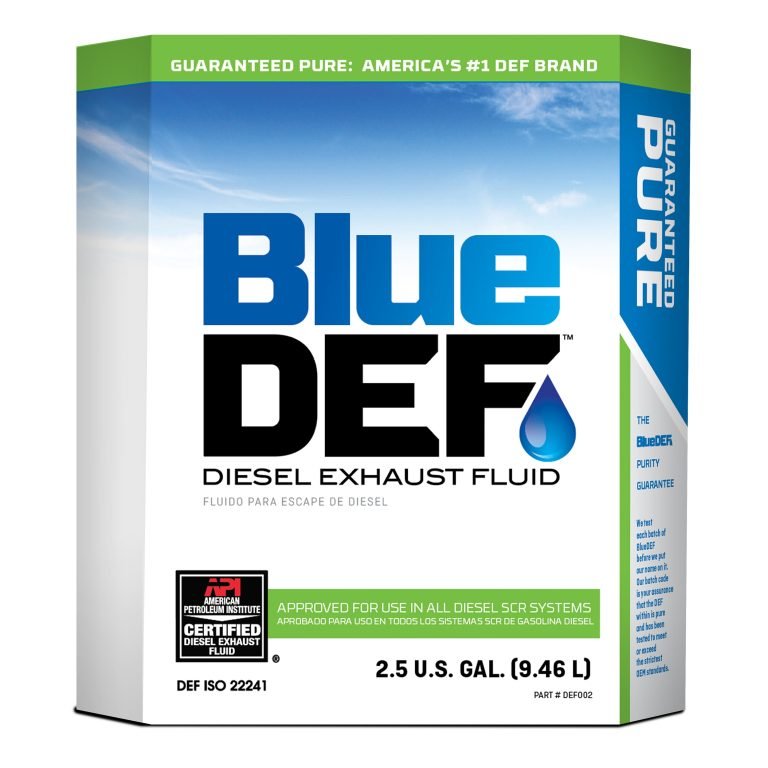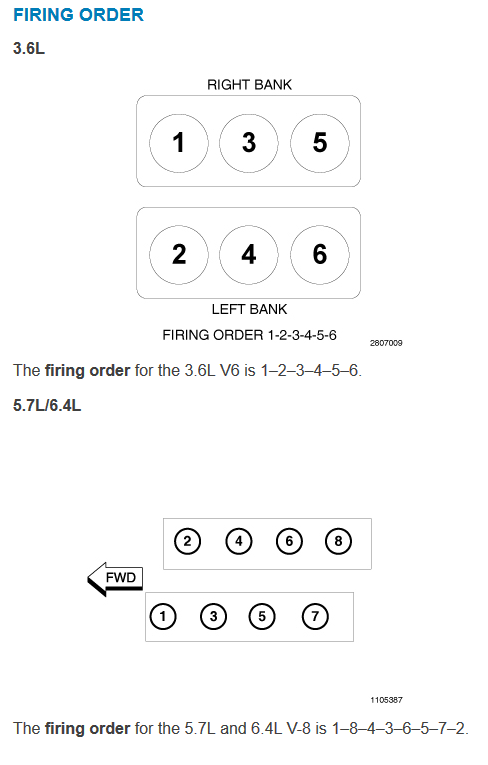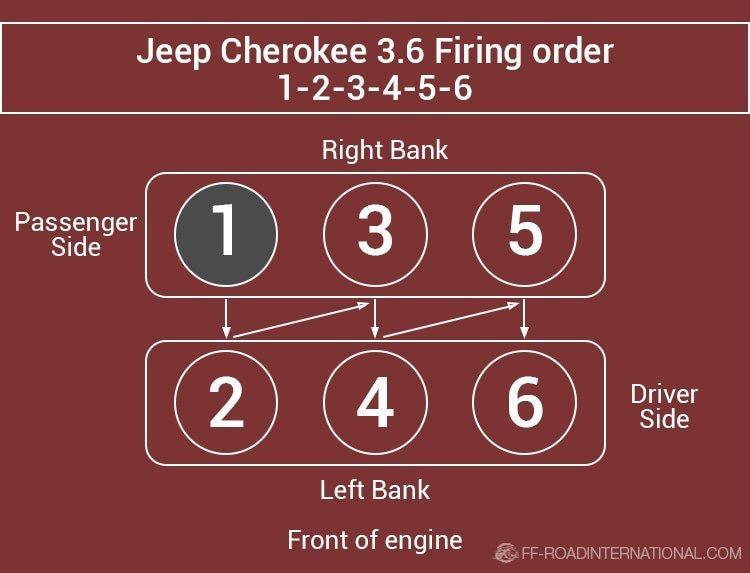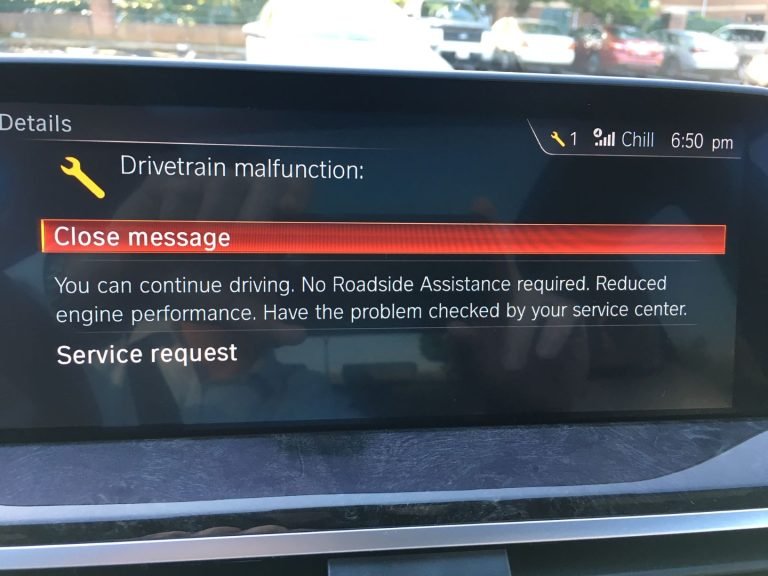Jeep 4.0 Carb Intake Manifold
Jeep 4.0 carb intake manifold is a critical component of your Jeep’s engine. Serving as a bridge between your carburetor and engine, it helps to mix air and fuel to generate power efficiently. These heavy-duty components are designed to withstand harsh conditions and rigorous use, optimizing the performance of your engine by ensuring the proper delivery of fuel and air to the combustion chamber.
Understanding the Function of the Jeep 4.0 Carb Intake Manifold
The Jeep 4.0 carb intake manifold plays a pivotal role in your vehicle’s engine performance. Essentially, it’s a series of tubes that distribute the air/fuel mixture from the carburetor to the engine cylinders. With this noteworthy task, it provides the right conditions for fuel combustion, ensuring your Jeep operates smoothly and efficiently.

How It Works
Located between the carburetor and the intake valves, the Jeep 4.0 carb intake manifold performs several key functions. First, it distributes the fuel/air mixture evenly to all cylinders. This uniform distribution helps in optimizing engine performance and power. When you press the gas pedal, more air and fuel get pulled into the engine via the carburetor. This mixture then flows through the intake manifold and into each cylinder, where it’s compressed and ignited to produce combustion.
Aside from distributing the fuel/air mixture, the 4.0 carb intake manifold also helps in the engine’s heat management. Because the mixture is cooler than the combustion chamber, it helps reduce the temperature inside the engine, preventing overheating.
Common Problems with the Jeep 4.0 Carb Intake Manifold
Despite their toughness, Jeep 4.0 carb intake manifolds aren’t immune to wear and tear, and several issues may arise over time.
Leakage
One of the most common issues associated with intake manifolds is leakage. This can either be a vacuum leak or a coolant leak. A vacuum leak happens when excess air gets pulled into the engine, causing it to run lean—meaning it has too much air compared to fuel. This can result in reduced engine performance, increased fuel consumption, and might even cause the engine to misfire.
Blockage
Another common problem is blockage in the carb intake manifold due to the buildup of dirt and grime. Over time, these deposits might block the passageways, leading to poor engine performance, reduced fuel efficiency, and difficulty in starting the vehicle.
The Solution to These Common Problems
To prevent and fix these common problems, consider the following steps:
– Regularly check the manifold for signs of leaks or damage.
– Keep your engine clean to prevent grime build up.
– Replace the manifold gaskets if you detect leakage.
– For serious issues, consider replacing the entire manifold with a high-quality Jeep 4.0 carb intake manifold.
Frequently Asked Questions
Q. How do I know if my Jeep 4.0 carb intake manifold is faulty?
Some common signs include poor engine performance, increased fuel consumption, difficulty starting your vehicle, and engine overheating. If you notice these symptoms, it’s best to have your vehicle inspected immediately.
Q. Can I replace a Jeep 4.0 carb intake manifold myself?
While it’s possible for individuals with mechanical knowledge to replace a manifold, it’s recommended to seek help from professionals to ensure the job is done correctly and safely.
Final Thoughts
Investing in a high-quality Jeep 4.0 carb intake manifold can significantly enhance your vehicle’s performance while ensuring fuel efficiency. Regular inspection and maintenance of this crucial component is also essential. Whether you are an off-road enthusiast or use your Jeep for daily commute,keeping your engine’s intake system in good shape will ensure optimum performance and longevity.
Remember, dealing with mechanical issues might seem overwhelming, but with the right information and tools at your disposal, it doesn’t have to be. Maintain your Jeep well, and it will serve you with stellar performance for years to come.

